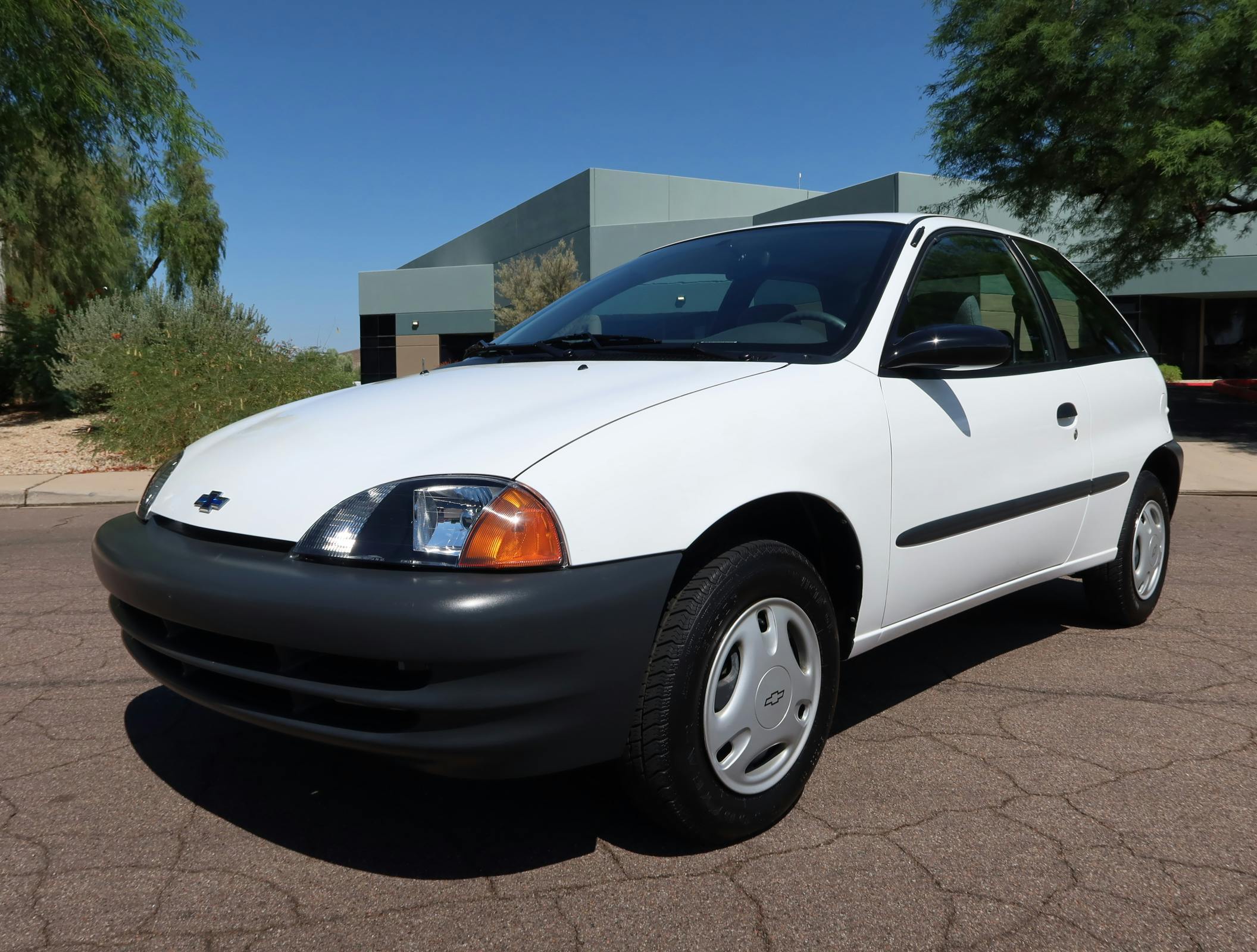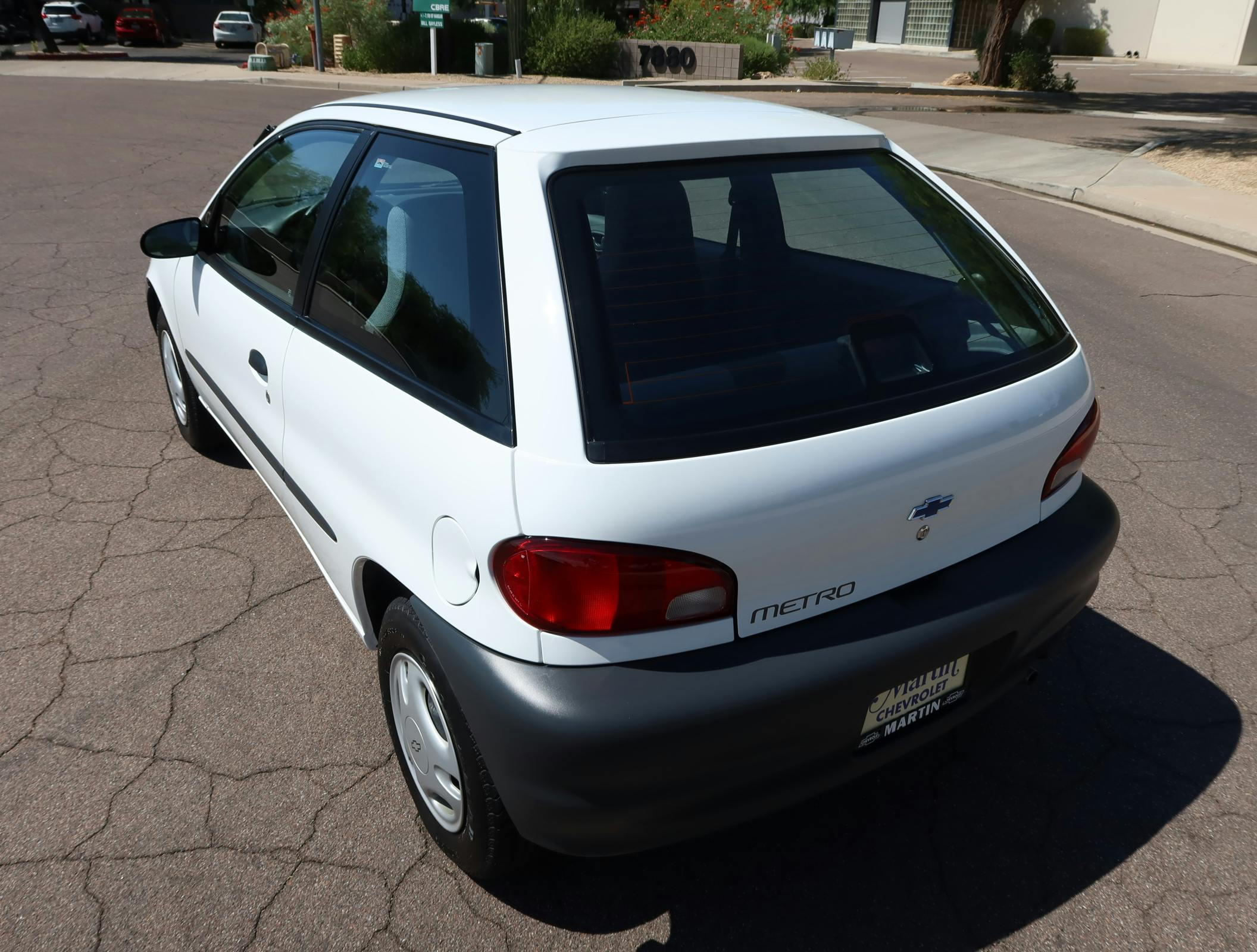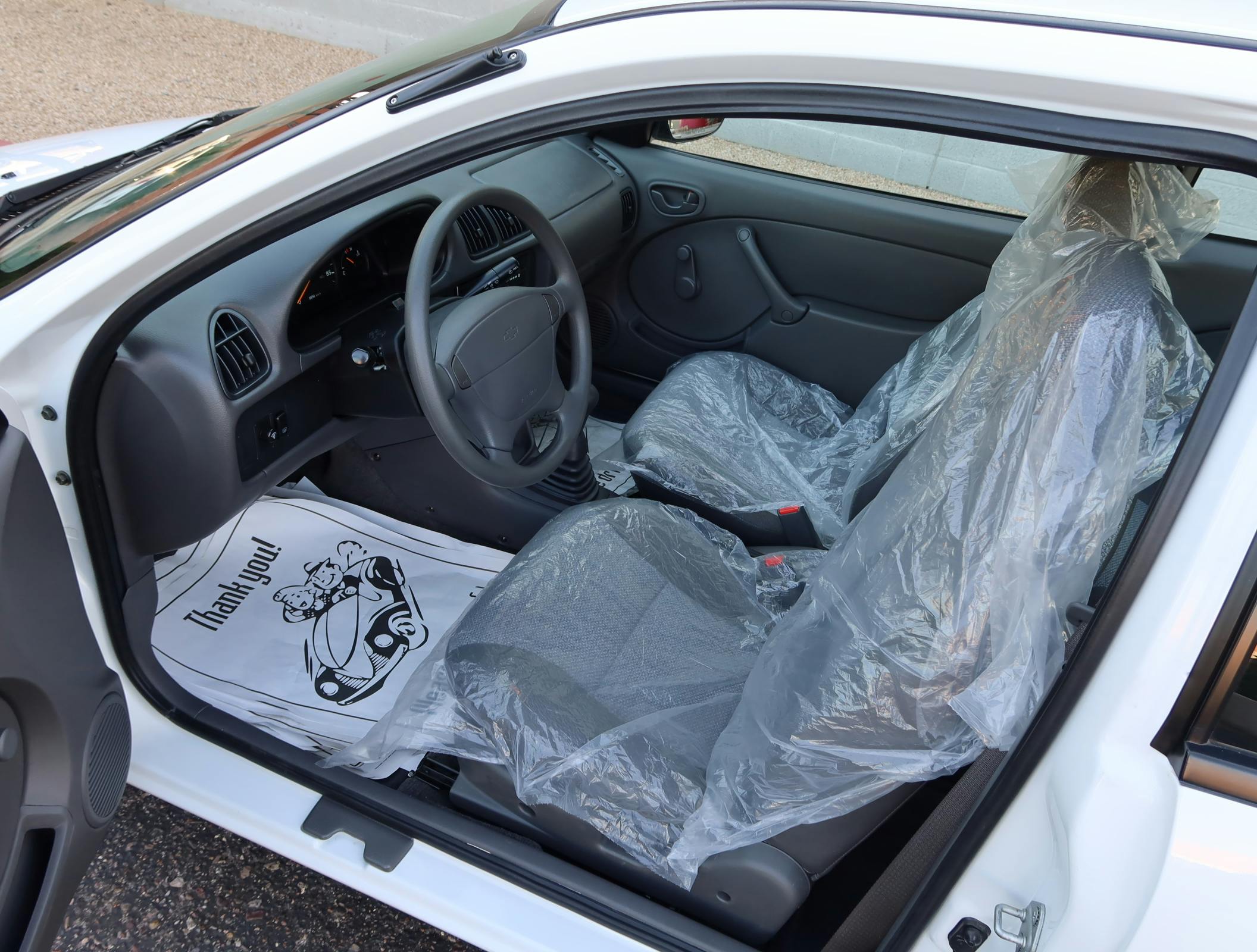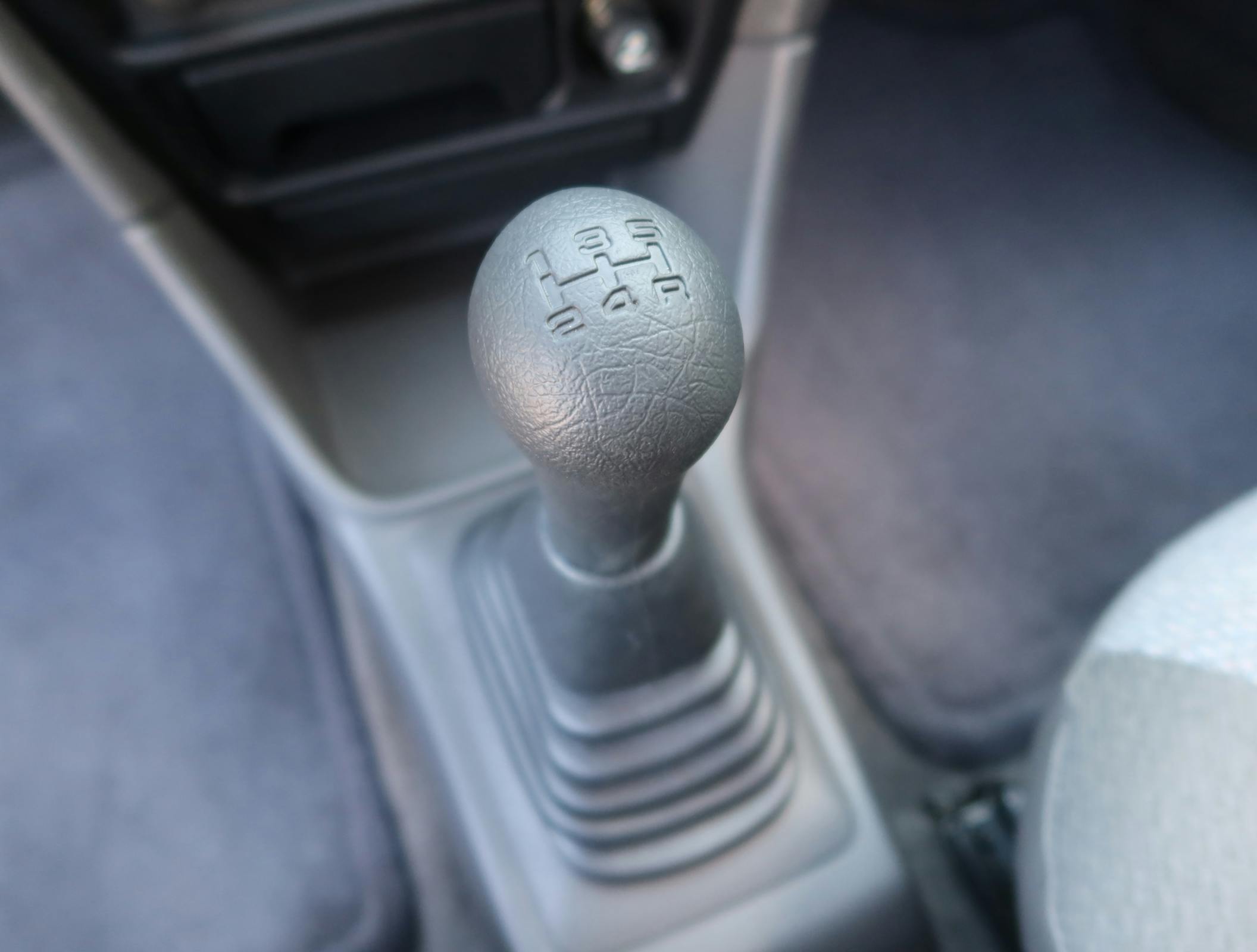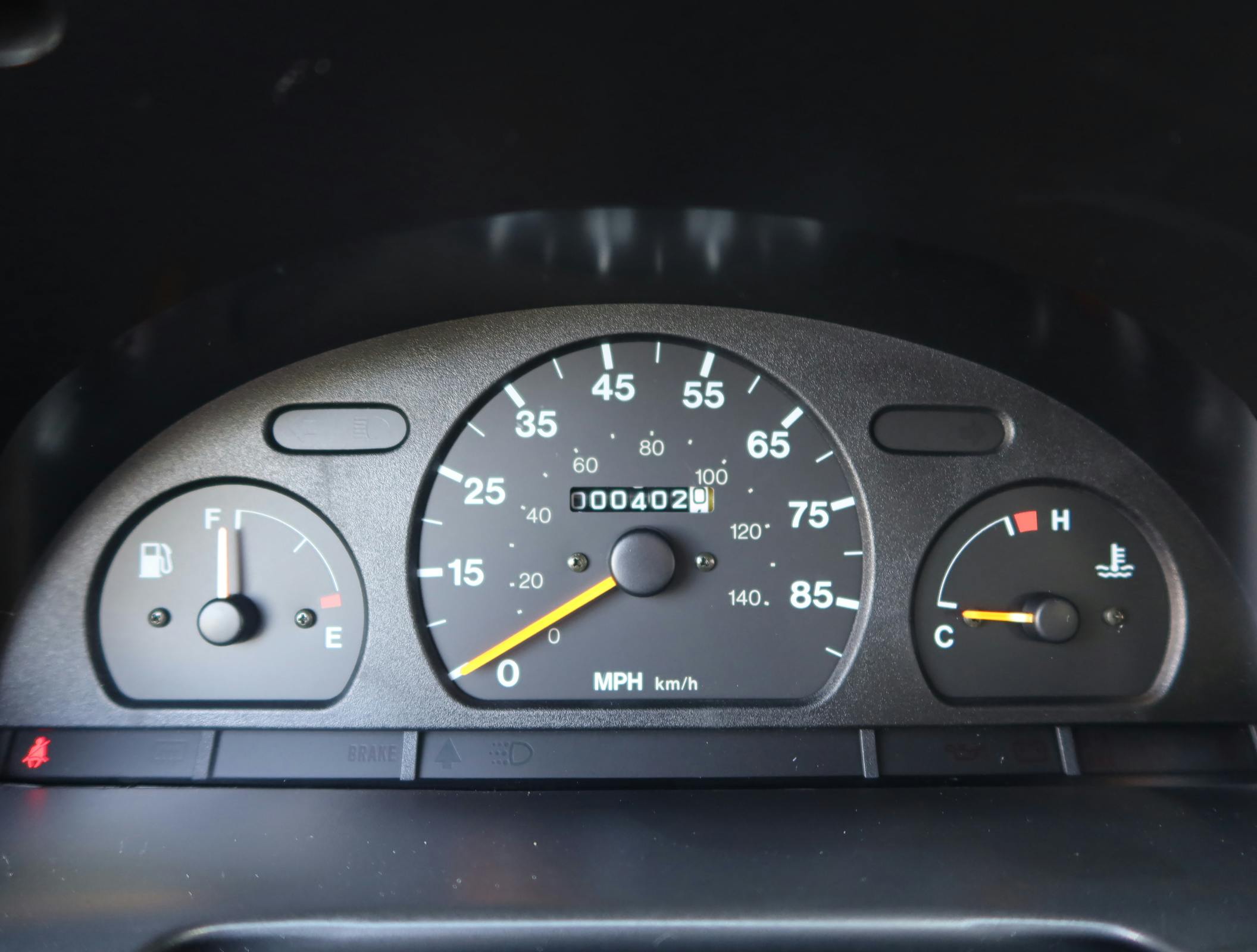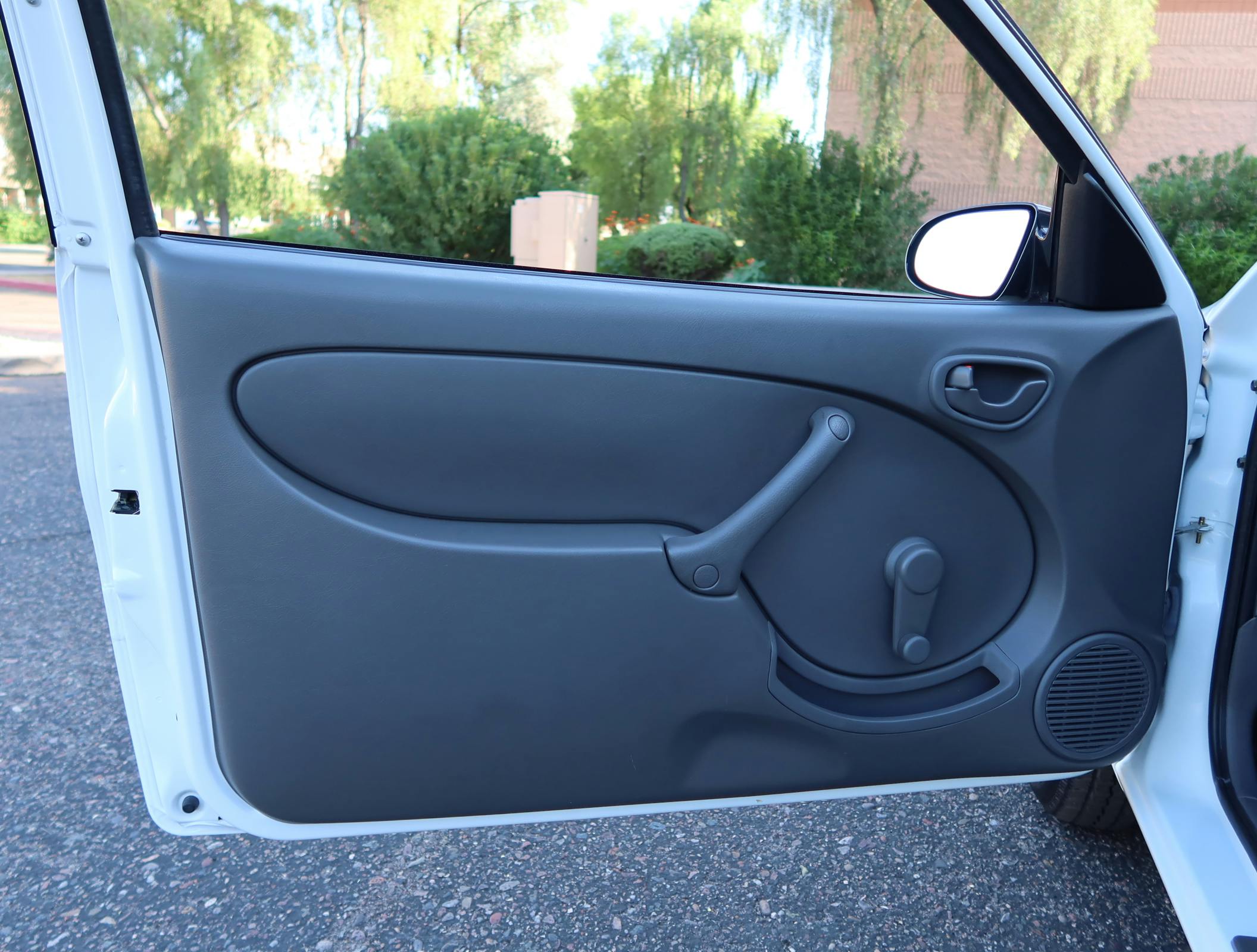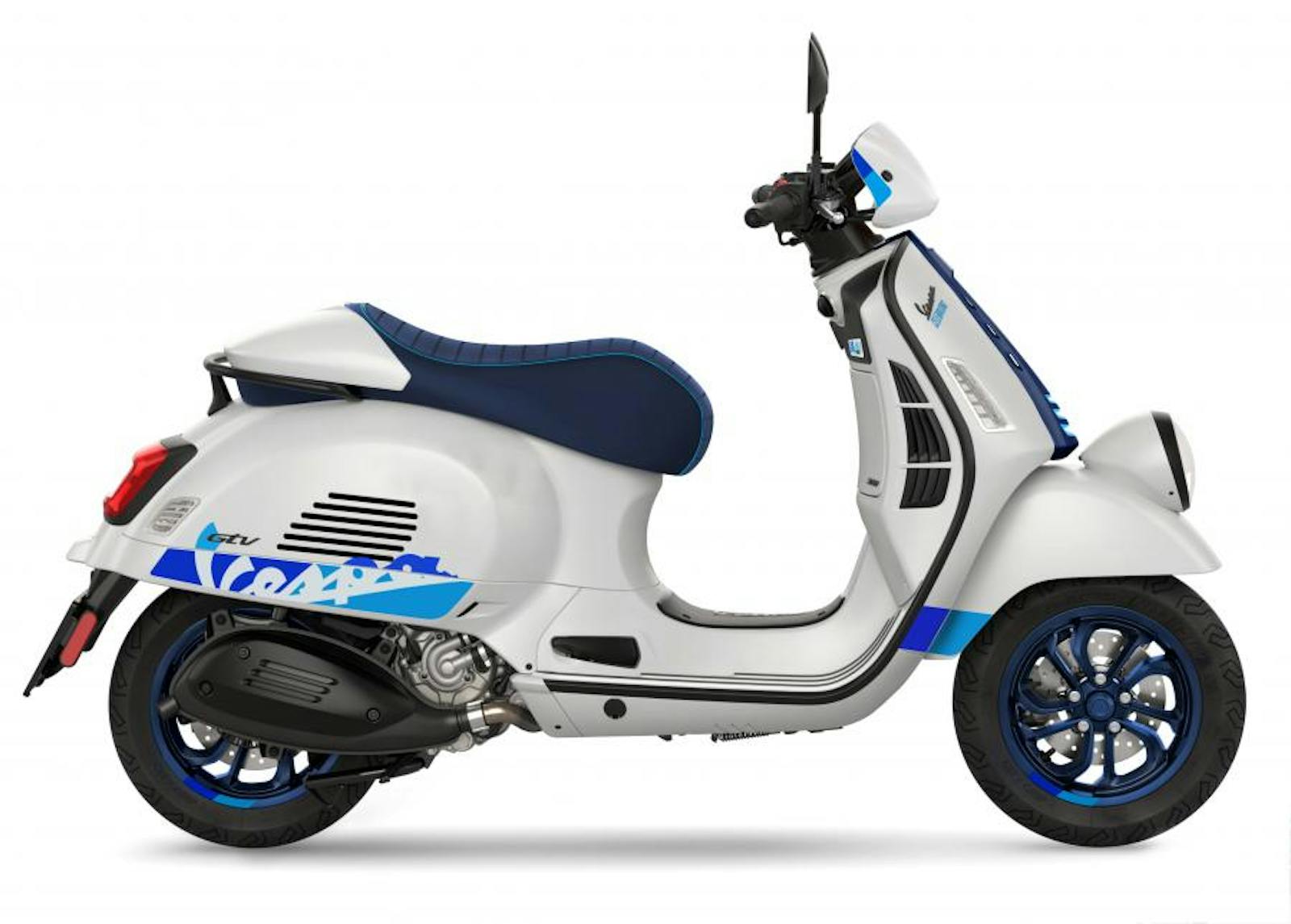IndyCar returns to downtown Detroit, a superbike on a rotary kick, $19K for a Chevy Metro?
After 35-year hiatus, IndyCar returns to downtown Detroit
Intake: The Detroit Grand Prix is leaving its home of the last 30 years and returning to the city. Hosted since 1992 at Belle Isle, the event will move to a 1.7-mile, ten-turn, downtown circuit that follows Jefferson Avenue, Bates Street, Atwater Street, and Rivard Street. Pit row will be off Atwater, near the waterfront. (For the record, it isn’t the same layout that Senna, Piquet, and other F1 greats tamed from 1982 to 1988.) The new contract has been officially approved by Detroit City Council, securing this track layout through 2025. Bud Denker, chairman of the Chevrolet Detroit Grand Prix presented by Lear is certainly feeling optimistic: “We’re going to have the biggest event we’ve had since Super Bowl 2006.”
Exhaust: The old-is-new-again venue promises racers a respite from Belle Isle’s tired surface and claustrophobic layout. Crowds will also appreciate the accessibility offered by Detroit’s downtown, since the island can only be reached via a single bridge spanning the Detroit River. Denker’s certainly excited about the entertainment value of the city-centric location: “It’s a very, very fast track. We have one straightaway that’s seven-tenths of a mile down Jefferson Avenue, down through the heart of downtown.” Thankfully, there’s still plenty of time to sort out the crummy road surface which defeated the city center’s previous hosting efforts.
We now know the base price of Toyota’s new Tundra … and that’s it

Intake: Pricing details—well, one of them–are out for the all-new 2022 Toyota Tundra. The fullsize pickup will begin at $35,950, a small step up from the 2021 Tundra’s base MSRP of $35,050 (including $1025 destination fee). How high the price will go remains to be seen, as Toyota only released the base figure. For that money, you’ll get a 3.5-liter twin-turbo V-6 good for 389 hp and 479 lb-ft of torque. Pricing for the headline-grabbing hybrid powertrain, which includes the same engine plus a 48-horse electric moto between the engine and 10-speed automatic transmission, remains a mystery.
Exhaust: It’s strange for an automaker to release only the starting MSRP for a truck, especially since most fullsizers roaming the streets are generously optioned. The Big Three’s base offerings start roughly 6 grand lower than the Tundra, but historically they also tend to climb higher than the Toyota as you step up the trim levels. Will the addition of all this complex hybrid tech send top-end Tundras into the $65K-range? We’ll have to wait and see.
The rotary is reborn is this track-only superbike
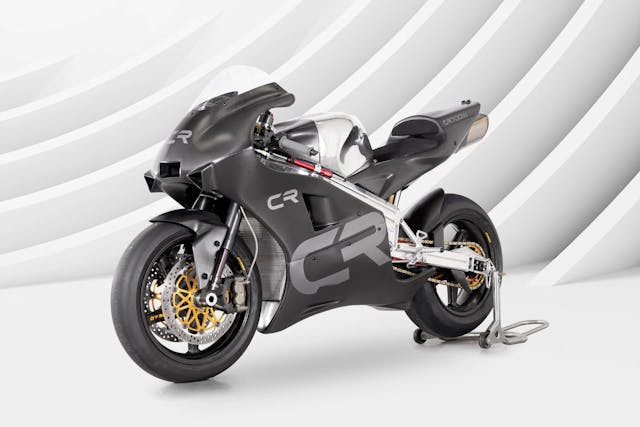
Intake: A British engineer who pioneered Norton’s championship-dominating motorcycles in the 1980s has developed the ultimate rotor bike. Brian Crighton’s CR700W won’t be road-legal, but that’s probably a good thing as its Rotron Wankel engine throws out 220 hp at 10,500 rpm, and the whole bike only weighs 285.5 pounds, giving it the power-to-weight ratio of a MotoGP machine. The motor displaces 690 cc and weighs just 95 pounds including clutch and gearbox. Crighton has overcome the engine’s notorious rotor-tip issues by using silicon-nitride ceramic apex seals, and coating all engine wear surfaces with molybdenum and nicasil. The bike’s frame is based on a Spondon unit with a single rear shock. Ohlins or Bitubo suspension is offered, and Dymag carbon wheels are fitted. Stealthy carbon-fiber bodywork clothes the bike, and its unique exhaust system has been design to create a vacuum that sucks cool air into and through the engine. Just 25 are set to be hand built at a cost of around $115,000 each.
Exhaust: Crighton knows his rotors. While working for Norton, he took the wheezy 85-hp engine from a Police Commando and tuned it to 140 hp. Then he stuck it in a Spondon frame and created a bike that won the 750cc Supercup, British F1, and British Superbike titles before being banned. Mason Law, 2020 British Supersport GP2 Cup Champion says, “Riding the Crighton is a phenomenal experience. The raw speed of the motorcycle is mind-blowing. It feels like being propelled down the runway of an aircraft carrier in a F-35 fighter jet. This raw speed, coupled with its low weight, means it has the power-to-weight ratio of a modern Moto-GP motorcycle but with buckets more torque.”
BMW subtracts touchscreen function from select models
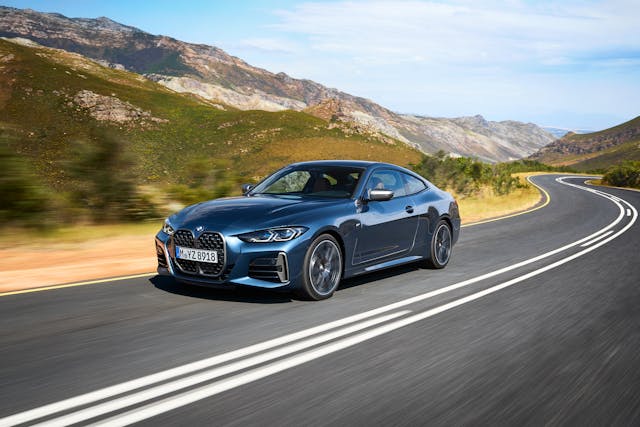
Intake: BMW is taking radical measures to keep its assembly lines moving. Amidst the semiconductor shortage, the automaker is being forced to resort to content subtraction. Some order for the new 3/4 series, X5, X6, and X7 will roll off of the production line without a touchscreen on the dashboard. As Bimmerpost reports, there will still be a screen, and it will be controlled by BMW’s now accepted/tolerated iDrive controller. This package is called option code 6UY, and besides ensuring the screen will no longer be a fingerprint magnet, Bimmerpost also reports affected vehicles also “will lose Backup Assistant.” The cost for cutting BMW some much-needed slack? A $500 credit to the sticker price.
Exhaust: The semiconductor shortage has affected all automakers to some extent, and they’ve all looked into workarounds, be it in software or hardware changes (or both). This one is especially telling as it forces the tech-forward luxury automaker to move backwards in a technological retreat of sorts. Given how much options tend to cost from BMW, and rumblings about pricey subscriptions ahead for certain features, $500 feels like chump change. Here’s to hoping another supply chain shortage brings back the E39 BMW 5 Series in its entirety.
402-mile Chevy Metro on BaT sells above original MSRP
Intake: Immaculately preserved, with full documentation, a new water pump, and just 402 miles on the odometer. No, we aren’t discussing a Ferrari. We’re talking about this cheap, three-cylinder jellybean with a Bowtie badge. Born as a GM/Suzuki collaboration, in the ’90s a Metro was just about the cheapest thing you could buy with four wheels and an engine. The 55-hp econobean surely earns a spot atop a list of Least Romantic Cars, and the very presence of one with four hundred and two miles on Bring a Trailer made us stop and stare. Then we saw the final bid: $18,200. With buyer premium included, that’s $19,110.
Exhaust: This result has us wondering how far this online-auction craziness for low-mile cars can go. It does not, however, have us rushing to add Geo Metros to the Hagerty Price Guide, and it doesn’t mean your cousin’s Metro that smells like Marlboro Golds is suddenly worth five figures.
Brembo puts the stops on GM’s fullsize SUV party
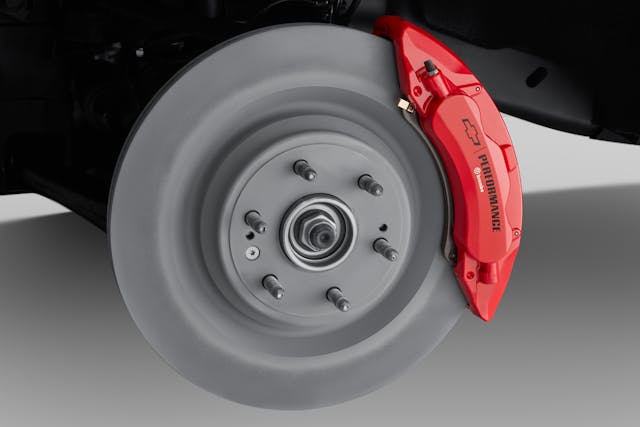
Intake: Brembo is no stranger to OEM partnerships, be it Ferrari or Chevrolet. But now the famous auto-stopping powerhouse has its eyes set on one of GM’s largest, most powerful, and most profitable sectors: the GMT1XX full size trucks and sport-utility vehicles. The kit includes massive 16.1-inch front rotors, and a six-pot caliper with a reported “89 percent increase in brake pad area and a 22 percent increase in rotor area.” According to Chevy’s website, this package is only applicable for models with “20-inch to 22-inch wheels” but it won’t void your factory warranty.
Exhaust: And yes, the new caliper is painted red! No matter, have you ever wanted to track your MagneRide-equipped Escalade at a Porsche club autocross and shock some onlookers? Has your 10,000-pound trailer been a bit too much for a long, steep downhill grade on a windy mountain road? If so, it looks like GM and Brembo got ya covered, just like they do with Corvette owners.

